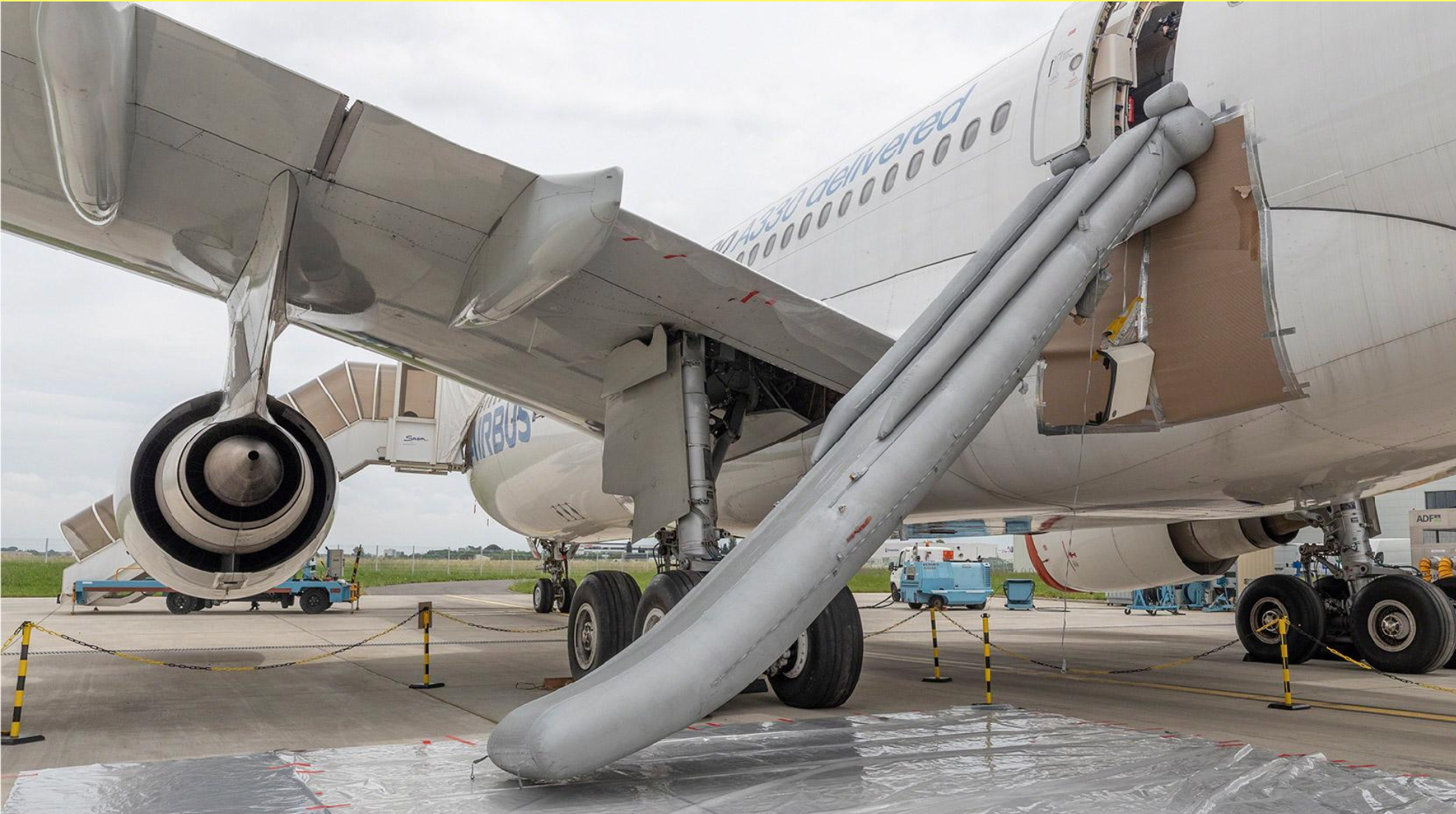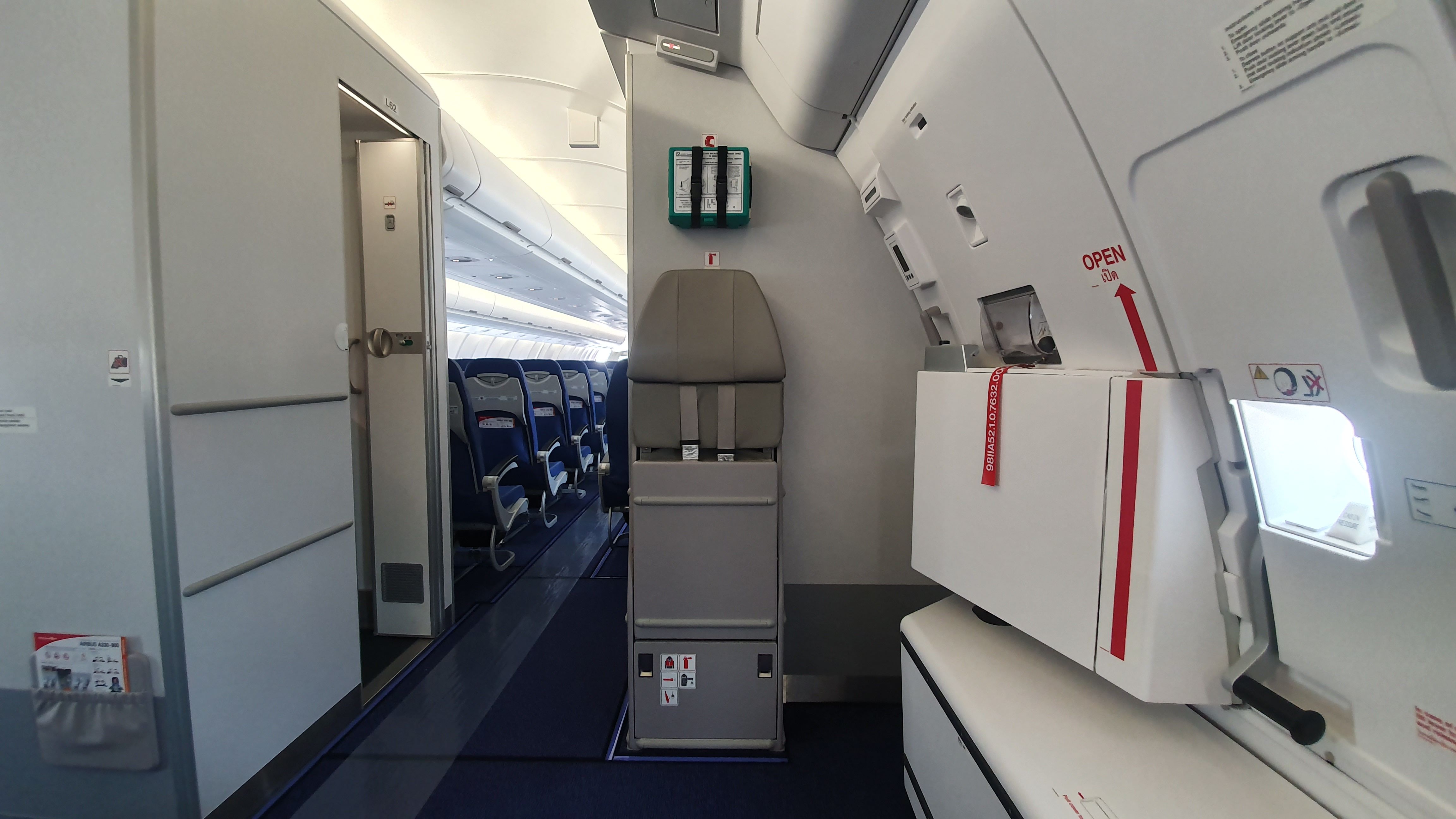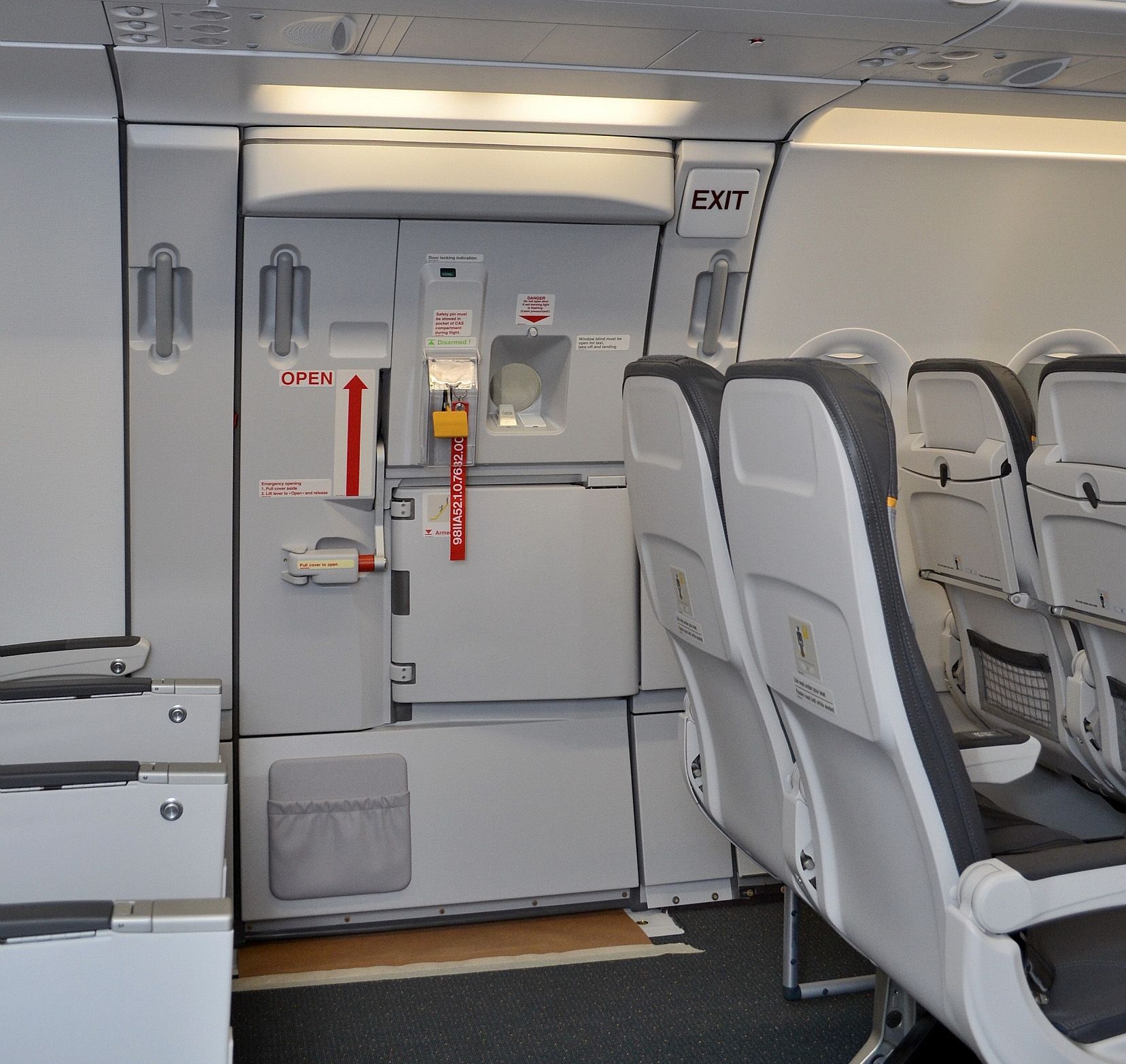Though uncommon in the industry, unintentional emergency slide deployments do occur from time to time. Such incidents can not only cost thousands of dollars for the operator, but they can also cause serious injuries or death to the people caught in the path. Airlines provide adequate flight safety and risk management training to their personnel to avoid such incidents.
According to the International Air Transport Association (IATA), emergency deployment costs the aviation industry approximately $20 million annually. The industry cost is quite significant, considering the low number of emergencies (involving the slides) occurring.
The Federal Aviation Administration (FAA) reports that these slides are supposed to be activated only during emergencies. In routine operations, the slides must be disarmed before opening the door(s).
The process of disarming the slides varies between aircraft types. Some may be disarmed by the cabin crew inside the aircraft, while others can be done from the outside by ground personnel. It requires precise coordination between the grounds staff and the cabin crew to prevent the unintentional deployment of slides.
The authorities must investigate even when an accidental deployment of slides takes place. Moreover, airlines must implement proper safety measures to avoid similar incidents in the future.
On-purpose deployment
While inadvertent slide deployments are mostly “unintentional” accidents, they may be performed on purpose. In 2016, a United Airlines flight attendant intentionally deployed the emergency slide upon arriving at the gate at George Bush International Airport (IAH) in Houston, TX. On that occasion, a flight attendant exited the aircraft through the slide.
The action (caught on camera) was supposedly a dramatic quitting of the job with United. United Airlines commented on the incident,
"We hold all of our employees to the highest standard. The unsafe behavior is unacceptable and does not represent the more than 20,000 flight attendants who ensure the safety of our customers." - United Airlines
A similar incident happened at JetBlue when a flight attendant exited the aircraft after deploying the emergency slide in 2010. In that case, the flight attendant had an argument with a passenger shortly before deploying the slide. The flight attendant swore over the airplane’s loudspeaker and stole a beer before sliding down the emergency exit. JetBlue estimated the cost of repairs to be upwards of $25,000.
Other causes
It is not impossible for the emergency slide system to fail and result in an accidental deployment. While this is highly unlikely to happen, it is not unheard of. Maintenance personnel regularly check all emergency equipment (including slides) to prevent system failures.
Want answers to more key questions in aviation? Check out the rest of our guides here.
Cost of emergency slide deployment
The cost of such an action (on purpose or unintentional) can be as high as $30,000 in direct costs. The maintenance crew must repack the pressurized slide and perform additional necessary repairs.
According to United Airlines, repacking the slide alone can cost up to $12,000. There is other repair and testing cost on top of that. It is noteworthy that the airline also loses precious time (valued as the indirect cost) due to such incidents.
What are your thoughts on the cost of deployment of emergency slides? Tell us in the comments section.



